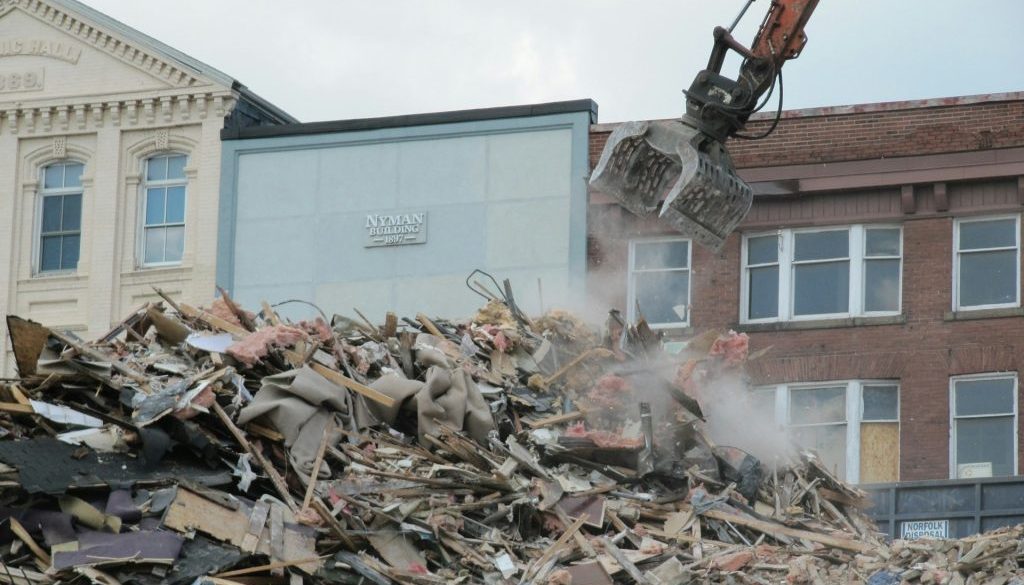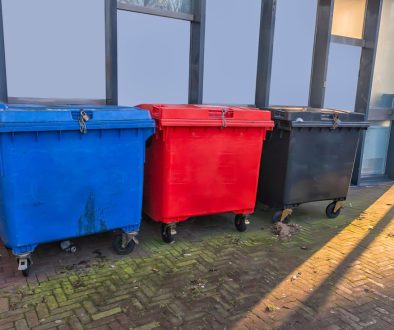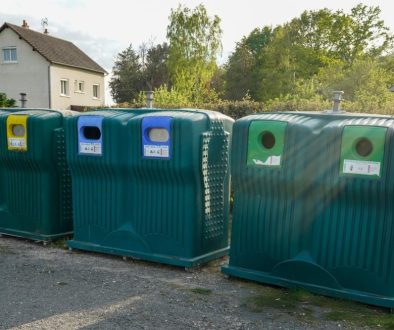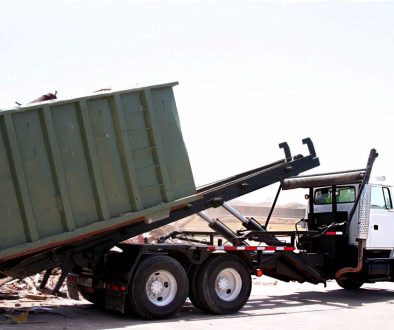Managing construction waste efficiently is crucial for the success of any building project. With various types of waste generated, correctly sorting and disposing of them can prevent unnecessary complications and contribute to a cleaner environment. Understanding the different categories of waste and their proper handling can greatly influence the environmental impact of your project.
By taking these proactive steps, builders can maintain a clean and organised site while safeguarding the environment.
Understanding Different Types of Construction Waste
Construction projects produce a wide range of waste materials, each requiring specific handling and disposal methods. Some of the most common types include:
1. Inert Waste
This encompasses materials like concrete, bricks, and tiles, which are non-reactive and generally considered less harmful to the environment.
2. Hazardous Waste
Contains substances that can be dangerous, like asbestos or certain paints and chemicals. These need specialised disposal methods to prevent environmental harm.
3. Mixed Waste
This type involves materials that cannot be easily segregated on-site, such as a mix of wood, plastic, and metals.
Sorting waste before disposal is crucial for effective recycling and cost-saving. Well-sorted waste categorises items for reuse, recycling, or safe disposal. This reduces the volume sent to landfills, conserving resources and minimising ecological impact. Proper handling of these materials ensures that hazardous substances do not contaminate the environment, protecting people and wildlife.
Knowing what types of waste your project will produce allows you to plan accordingly. This proactive approach aids in selecting the appropriate skip and ensures compliance with all waste handling regulations. Effective waste management creates a safer, cleaner construction site and positively impacts the ecosystem.
Selecting the Right Skip Size
Choosing the right skip size plays a vital role in efficient waste management. Several factors should be considered before making a selection:
Project Scale
Your project’s size and scope largely determine the waste volume generated. A small renovation might suffice with a smaller skip, while large demolitions will need larger capacities.
Type of Waste
Consider whether your waste is mostly inert, mixed, or hazardous. Different materials might require different skip sizes and types.
Space Constraints
The physical space available for placing the skip can dictate the size. Ensure ample room for delivery and collection.
To assist with your decision, here’s a handy guide for skip sizes based on common waste volumes:
1. Mini Skips (2-3 cubic yards): Ideal for small clean-outs and minor landscaping.
2. Midi Skips (4-5 cubic yards): Suitable for bathroom remodels or kitchen refurbishments.
3. Builders Skips (6-8 cubic yards): Perfect for larger household projects or moderate renovations.
4. Maxi Skips (10-18 cubic yards): Great for major construction or demolition projects.
Avoiding overfilling skips is essential to prevent additional charges or legal issues. Properly estimating the needed skip size ensures all waste is contained and disposed of in a single load. It simplifies the disposal process and keeps projects running smoothly without interruptions. Selecting the right size helps manage construction costs effectively and avoids unexpected expenses.
Navigating Skip Permits and Regulations
Understanding local regulations is crucial when planning to hire a skip for construction work. Many councils require permits for skips placed on public roads or pavements. These permits ensure that skips are used safely and don’t obstruct traffic or pedestrian pathways. It’s important to be aware of the rules in your area, as fines can be issued for non-compliance.
Obtaining a skip permit typically involves applying through your local council. The process can vary depending on the area, so it’s wise to check the council’s website or contact them directly for detailed guidance. Some skip hire companies may assist in obtaining permits, but it’s always good to confirm this service is included.
To stay compliant with waste management laws, consider these tips:
1. Check Permit Requirements
Always verify whether your skip placement requires a permit early in project planning.
2. Understand Time Limits
Be aware of how long you can keep the skip at the site and any conditions attached to its use.
3. Adhere to Safety Standards
Ensure the skip is well-lit and visible if placed on a public road to prevent accidents.
Navigating permits and adhering to regulations might seem daunting, but it ensures a lawful and hassle-free waste management experience during construction projects.
Tips for Efficient Skip Loading
Loading a skip strategically can significantly enhance its capacity, allowing you to manage waste more efficiently. Here are some best practices to maximise space and simplify disposal:
1. Flatten and Compact Items
Break down boxes and flatten materials like cardboard or plastics to optimise space.
2. Pack in Layers
Begin with the heaviest and bulkiest materials at the bottom, ensuring a stable base for lighter items above.
3. Utilise Gaps Smartly
Use smaller items to fill in the gaps between bulkier materials. This helps prevent unused space.
Avoid common mistakes, such as overfilling the skip, which can lead to safety hazards and potential fines. Additionally, refrain from placing prohibited items in skips, such as electronics or hazardous waste, unless permitted.
By organising waste effectively, you not only make the most of the available space but also ensure a safer, more organised environment at the construction site. This attention to detail promotes efficient waste disposal and a smoother workflow overall.
Conclusion
Selecting the right skip and managing its usage efficiently is essential for effective waste management in construction projects. Awareness of the types of waste produced and understanding skip sizes helps manage waste wisely and economically. This ensures that your project complies with local regulations and helps protect the environment.
Navigating the permitting process might seem cumbersome, but it paves the way for lawful skip use at your site. Following guidelines for efficient loading only enhances this process, maximising the utility of your skip hire.
Enviro Skip Hire stands ready to support your skip hire needs in Staffordshire. Explore our range of skips designed to cater to any project size, ensuring your construction waste is handled proficiently. Partner with us to make your next project seamless, and let us help you manage your construction waste with ease.




